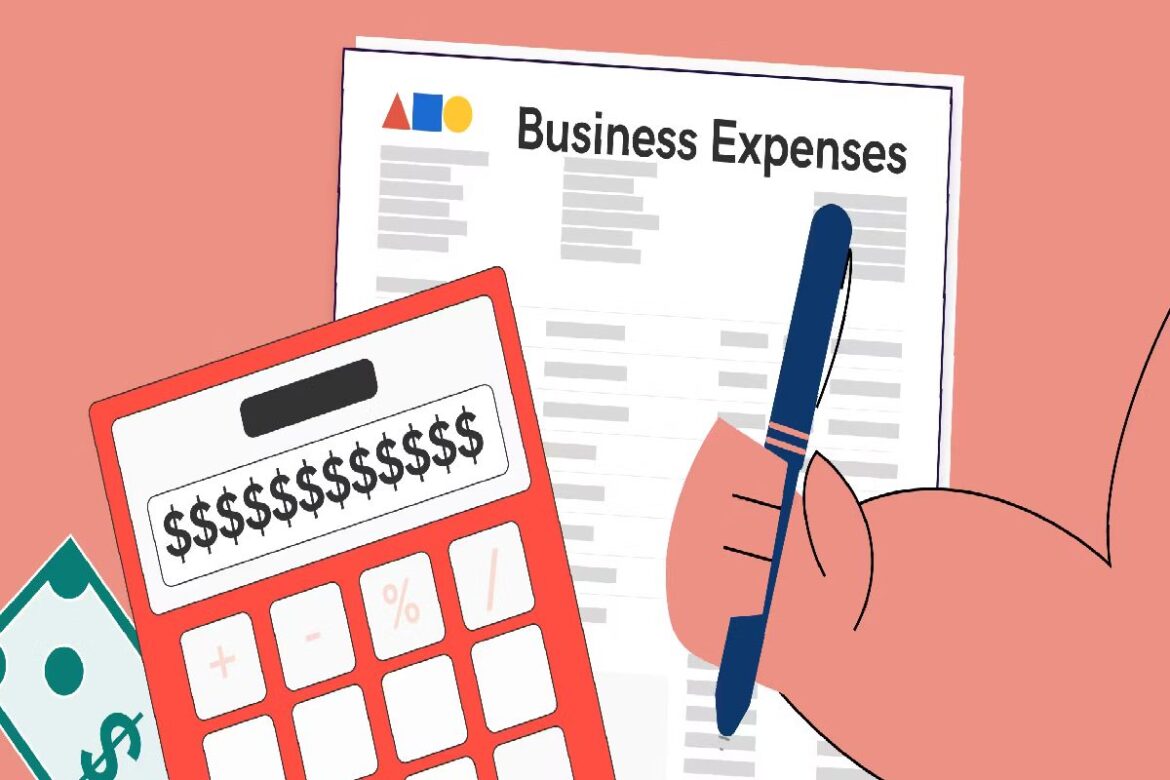Keeping your business finances in order doesn’t have to mean hiring an accountant or investing in expensive tools. If you’re running a small business, tracking your expenses can give you greater control over your cash flow, help you make smarter decisions, and prepare you for tax season—without the stress. Best of all, you can get started today by focusing on the most essential costs.
This article walks you through five key business expenses you can begin tracking right away. Each one is simple to monitor and can make a big difference in how efficiently your business runs.
Table of Contents
1. Employee Wages and Time Worked
Labor is one of the largest and most consistent expenses for any small business. Whether you have one employee or a small team, tracking payroll costs is essential. This includes hourly wages, salaries, overtime, bonuses, and commissions. Even if you’re a sole proprietor, you should still track what you pay yourself as part of your operating costs.
One easy way to manage this is by logging both time worked and payroll totals for each pay period. Consider using a time card calculator with lunch built in to help ensure break times and total hours are recorded accurately. This helps reduce errors and gives you better insight into how labor costs impact your profitability.
What to track:
- Hourly wages and salary payments
- Overtime hours
- Bonuses or commissions
- Time-off payments (sick days, vacation)
2. Office Supplies and Equipment
Even if you run a service-based business, you likely rely on tools, computers, paper, and other essentials. Tracking every purchase—large or small—adds up to a more complete picture of your spending. This is especially helpful when it’s time to deduct business expenses on your taxes.
Keep a running list of every item purchased for business use. Record the purchase date, vendor, amount, and the reason for the purchase. Doing this consistently will make it easier to identify trends and find ways to cut costs.
Track expenses like:
- Laptops, printers, and mobile devices
- Desks, chairs, and other furniture
- Pens, paper, toner, and mailing supplies
- Software subscriptions and licenses
3. Mileage and Travel Costs
If you drive for business—whether to meet clients, deliver products, or attend conferences—you may be able to deduct mileage and travel costs. These expenses often go unnoticed, but they can add up quickly and have a real impact on your financial outlook.
Start by keeping a mileage log that records the date, destination, purpose, and total miles driven. For other travel expenses, such as hotel stays, airfare, meals, or ride-shares, hold onto receipts and jot down the business reason for each trip.
Common travel expenses include:
- Mileage driven in a personal or company car
- Tolls and parking fees
- Business-related flights and hotel stays
- Meals during travel or client meetings
4. Utilities and Monthly Services
Recurring monthly costs are easy to overlook but play a major role in your operating budget. Internet, electricity, water, phone service, and other utilities are essential for day-to-day business operations. So are online tools and platforms like cloud storage or communication apps.
These bills usually don’t change much from month to month, but tracking them can help you see where your money goes and make more informed budgeting decisions. It’s also a great way to spot subscriptions or services you’re no longer using.
Examples of recurring costs to track:
- Utility bills: electricity, water, gas
- Phone and internet services
- Software and app subscriptions
- Web hosting and email platforms
5. Contractor Payments and Freelance Services
If you outsource work to freelancers or independent contractors, those payments count as business expenses, too. Tracking these costs is especially important for businesses that rely on seasonal help or occasional support in areas like marketing, design, or bookkeeping.
Always document how much you paid, who you paid, what services were provided, and the date of the transaction. If you pay contractors regularly, consider setting up a spreadsheet or tracker just for them.
You should track:
- Graphic design or branding services
- Web development or tech support
- Copywriting or marketing services
- Legal, tax, or consulting work
How to Stay on Top of Expense Tracking
Once you know what to track, the key is consistency. Set aside a regular time—whether weekly or monthly—to log your expenses and review your records. The more frequently you do it, the easier it becomes. It also helps prevent small costs from slipping through the cracks.
Here are a few tips to make tracking easier:
- Use digital receipts and cloud-based folders to store documentation.
- Create a separate business bank account to simplify recordkeeping.
- Use free calculators or spreadsheets to monitor costs and payroll.
If you want to break down employee wages by the hour, a tool like an hourly salary calculator can help you keep things accurate and organized.
Keep Control Without Getting Overwhelmed
You don’t need to be an accounting expert to manage your business expenses effectively. By focusing on five core spending categories—wages, supplies, travel, utilities, and contractor payments—you gain valuable insight into where your money goes and how to improve your operations. The key is to start simple and stay consistent.
Tracking expenses might seem tedious at first, but over time, it gives you the clarity you need to grow with confidence. With just a few tools and some discipline, you’ll stay in control of your finances—no accountant required.


